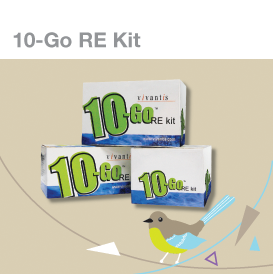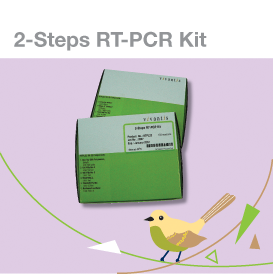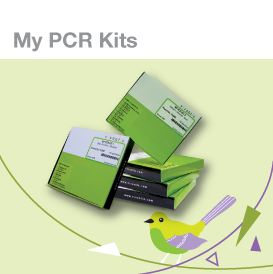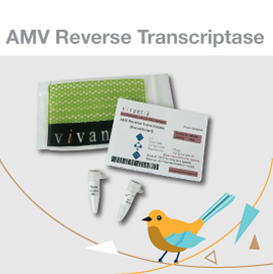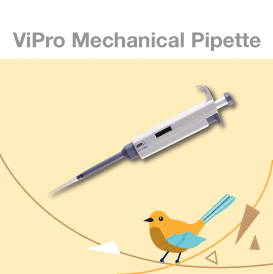
In the fast-paced landscape of the 21st century, industries and businesses are increasingly embracing automated systems to outperform their manual counterparts and stay competitive. This trend extends to the molecular biology field, where automated nucleic acid extraction systems promise efficiency gains. However, the allure of speed and automation should not overshadow the crucial attributes of reliability, flexibility, and proven accuracy inherent in manual methods, exemplified by the spin-column nucleic acid purification technique.
While automated systems hold the potential to streamline lab work and allocate manpower to other critical processes, their adoption and protocols should undergo rigorous testing. This testing becomes crucial, especially when benchmarked against the standards set by manual methods like spin-column nucleic acid purification.
A notable case study comes from the Australian Health Minister's six-week inquiry in October 2023. The investigation revealed that a significant portion of forensic DNA samples in the country yielded unreliable results when processed through automated systems. For instance, a shift towards automation by the Queensland Police in 2008, under Project 13, aimed to replace manual DNA extraction with an automated system for processing forensic blood samples. However, this transition fell short of expectations, resulting in a 90% decrease in DNA yield compared to the manual extraction method. 1
Proponents of automated extraction systems argue that machines can reduce human error and the risk of sample contamination. Nevertheless, this assertion doesn't always hold true, as false positive results may still occur depending on experimental conditions or the specific automated system used. 2 Furthermore, the physical footprint of automated equipment is substantial, with some extractors occupying up to 18 cubic feet and weighing as much as 220 lbs. This imposes space constraints in laboratories and hinders easy relocation, unlike the compact and portable nature of manual spin-column kits.
Even the most advanced automated nucleic acid extraction systems must adhere to economic realities. These systems demand substantial investments in terms of equipment and training, making them more suitable for large-scale applications with high sample throughput.3,4 In contrast, smaller research objectives with fewer samples often find manual extraction methods more cost-effective. Ultimately, the yield of DNA, whether from automated or manual methods, should ideally be comparable.
Vivantis, with over two decades of research, development, and production of manual spin-column GF-1 Nucleic Acid Purification Systems, the company ensures the reliability and reproducibility of nucleic acid purification solutions at competitive prices. While the future may witness automated systems potentially taking over from manual extraction methods, the current existence of logistical and technical challenges suggests that manual extraction methods are likely to remain relevant for years to come.
| GF-1 Nucleic Acid Purification Systems Brochure |
References
1. Alex Brewster (2023). Queensland's forensics lab failed to pinpoint almost a third of blood samples in 2008 due to automated DNA testing system. ABC News.
2. Rebecca E. Colman et. al. (2020). Review of automated DNA extraction systems for sequencing-based solutions for drug-resistant tuberculosis detection. Diagnostic Microbiology and Infectious Disease, Volume 98, Issue 2, October 2020, 115096
3. Julia H. Knepp et. al. (2003) Comparison of Automated and Manual Nucleic Acid Extraction Methods for Detection of Enterovirus RNA. Journal of Clinical Microbiology, 41(8), 3532-3536.
4. Mariyam D. & Preetha J Shetty (2020) The Evolution of DNA Extraction Methods. 2020 - 8(1). AJBSR.MS.ID.001234. DOI: 10.34297/AJBSR.2020.08.001234.




